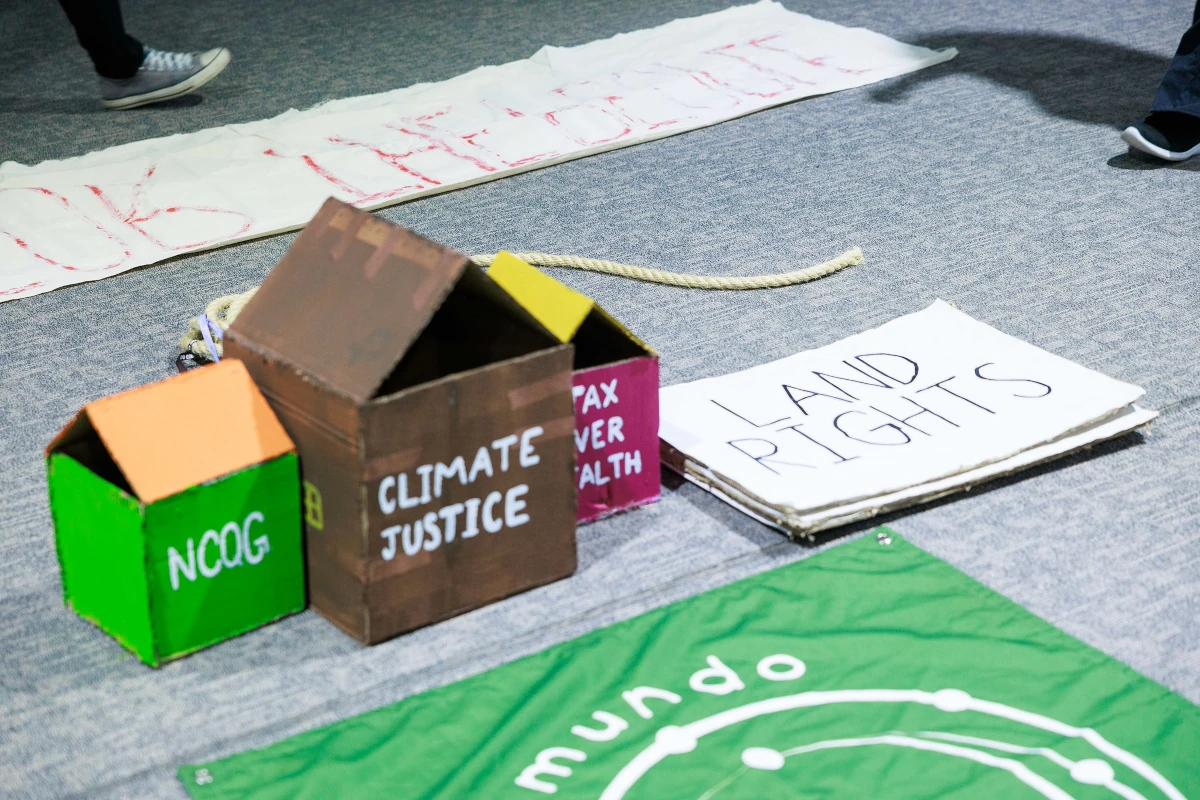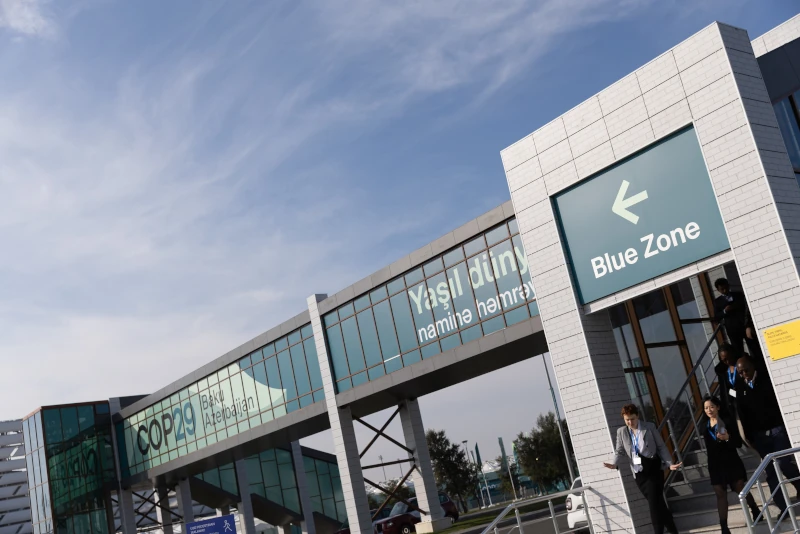The vocabulary of the climate crisis, which includes terms such as COP, NDCs, IPCC, and 1.5ºC, may sound like a foreign language. Despite the complicated acronyms, this is an issue that impacts the future of the planet — and that is why everyone needs to be aware of it.
This basic guide aims to explain the key terms used at the conference. This will enable you to prepare yourself to clearly follow what will be decided at COP30.
1. What is COP30?
COP is the acronym for Conference of the Parties — in the case of COP30, it is the meeting of the signatories to the United Nations Convention on Climate Change. It is an annual event that brings together 197 countries and the European Union (the so-called “parties”) to negotiate measures to curb the impacts of global warming. In addition to diplomats, who are responsible for the negotiations, scientists, civil society and private companies may also participate. COP30 will take place in Belém between 10 and 21 November 2025. The number “30” means that the meeting will be the 30th in history.
2. What is the origin of the event?
The origin of COP lies in Eco-92 (or Rio-92), when the United Nations Framework Convention on Climate Change was signed — an international treaty that marked the commitment of several countries to stabilise emissions of greenhouse gases. In 1995, the first COP took place in Berlin, Germany. Since then, it has been held every year, with the exception of 2020, due to the pandemic.
3. What is the purpose of COPs?
COPs are the main forum for climate negotiations and decision-making in the world. The primary objective is to seek solutions and set targets to tackle the climate crisis. Several different topics are under discussion, negotiated separately. One of the most important outcomes of the COPs was the Paris Agreement, signed in 2015 (read more below). The COPs also pushed for the creation of concrete instruments such as the Green Climate Fund.
4. What are the Blue and Green zones?
The UN Climate Conferences have two main areas. The Blue Zone is a more restricted area, managed by the UN, where official negotiations take place and entry is only possible with credentials. This area also houses stands — pavilions — for nations, multilateral organisations, scientific institutes and observers. The Regional Climate Foundations pavilion will be located in the Blue Zone.
The Green Zone is an open space managed by the host country, which this year is Brazil, and brings together civil society, businesses, academia and other non-governmental actors. In the case of COP30, the two venues are located side by side in Parque da Cidade, in Belém.
5. What is climate change and what does science know about it?
Climate change refers to significant alterations in the Earth’s climate, manifested in altered rainfall patterns, prolonged droughts, and extreme events such as hurricanes and floods. The science is clear and unanimous: the main cause of climate change is human activity.
The IPCC (Intergovernmental Panel on Climate Change) is a body created by the UN to support the debate with scientific information. According to the IPCC, there is unequivocal evidence that the burning of fossil fuels and deforestation are the main causes of global warming since the 20th century.

6. What is the Paris Agreement?
The Paris Agreement is an international treaty that has the force of law and sets targets for limiting global warming. It was approved in 2015 in the French capital.
This text defines the 1.5°C limit — meaning that human actions (by countries, civil society, businesses) must take into account the effort to ensure that the average temperature of planet Earth does not exceed the average temperature before the industrial era by more than 1.5°C. UN Secretary-General António Guterres recently said that this goal has become impossible to achieve — but if climate commitments are taken seriously, it is possible to bring the planet back into this temperature range in the medium term.
7. What are Nationally Determined Contributions (NDCs)?
The Nationally Determined Contributions (NDCs) are national plans that each country must formulate to reduce its greenhouse gas emissions. In the Paris Agreement, countries determined how they would meet the treaty’s goals within their own contexts. NDCs must be updated and submitted to the UN every five years, with the aim of increasing each nation’s ambition over time.
8. What are adaptation and mitigation measures?
Adaptation measures are actions to reduce the vulnerability of communities, cities, regions or even countries to the effects of climate change that are already underway. An example is the idea of building barriers to protect against sea level rise or adapting agriculture with drought-resistant plants.
Mitigation, on the other hand, is human intervention to reduce greenhouse gas emissions or remove them from the atmosphere. Examples of mitigation include switching from fossil fuels to renewable energy and restoring forests.
9. What is climate justice?
Climate justice is a concept that places equity and human rights at the centre of decisions on climate change. It recognises that the crisis does not affect everyone in the same way, with the most vulnerable populations suffering the worst impacts, even though they have contributed less to greenhouse gas emissions. The concept advocates that climate policies consider social, economic and historical issues. In this sense, countries and companies with higher emissions have an obligation to finance and mitigate impacts on the most vulnerable communities.
10. What role will civil society and traditional communities play at COP30?
Civil society and traditional communities will play an active role in COP30, particularly in autonomous spaces for advocacy and discussion. For example, the People’s Summit is a parallel and autonomous event organised by social movements and communities to propose alternatives and push for fair policies, giving a voice to those most affected by the climate crisis. In addition, the Yellow Zones, created in Belém, aim to decentralise the climate debate and bring peripheral communities closer together. The massive presence of society in these spaces helps to pressure world leaders to take action.

